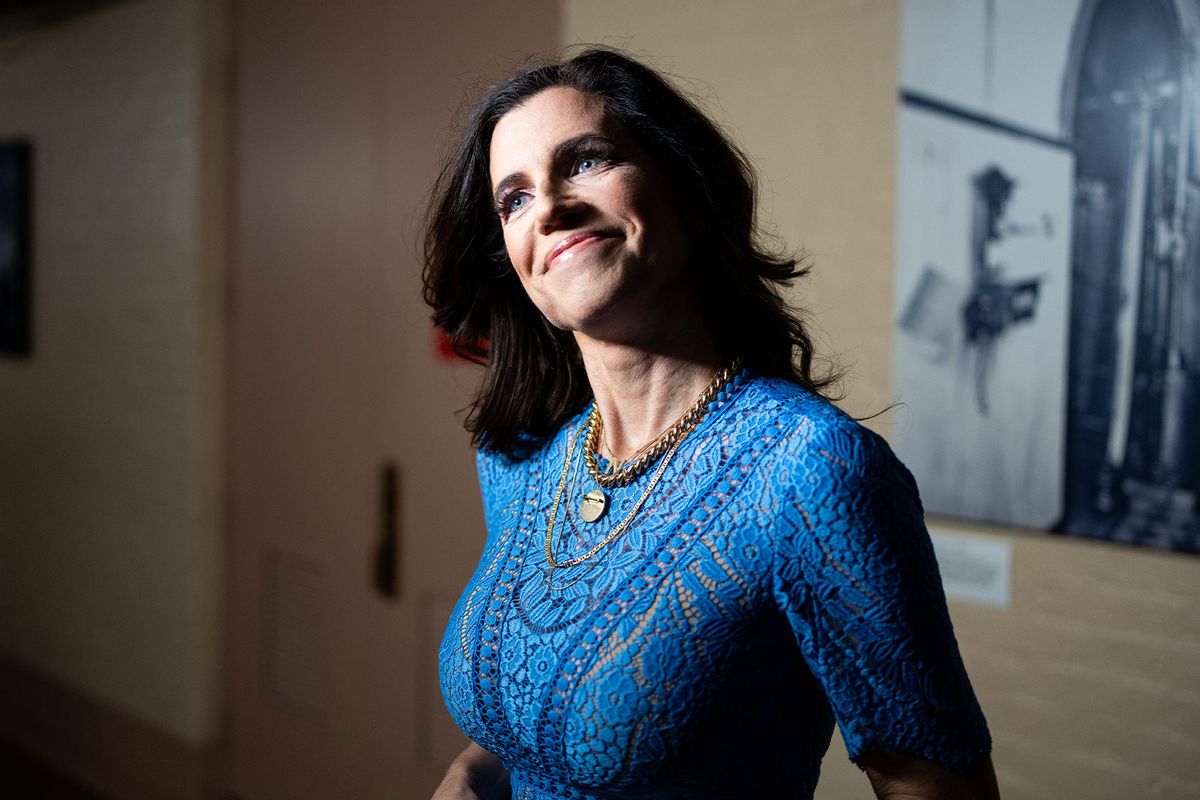Humans are walking beings. Walking is intrinsically linked to our physical development from childhood and enables our connections with people and places. We can say it is essential to our physical and mental well-being.
Walking can also help create inclusive and sustainable cities. Most western cities incorporate this need in their spatial planning.
In African countries like Ghana, however, the fact that most people walk doesn’t always mean they prefer to. They need to walk because it’s cheaper than using motor vehicles. But many African cities are not friendly to pedestrians.
More than 70% of the urban population in Africa walk daily for various purposes. To deal with the challenges pedestrians encounter, some African cities have incorporated policies and strategies for walking into their motorised transport policies. For instance, in Nigeria, the Lagos Metropolitan Area Transport Authority has developed a policy that aims to create a safe and pleasant network of footpaths, greenways and other facilities that serve everyone in the city.
In Addis Ababa (Ethiopia), a similar policy was developed. Its objective is to increase the number of people who walk by investing in walking facilities and improving connectivity to public transport.
The strategies in these documents are commendable, but they have met practical challenges like funding, public perception and technical capacity.
Ghana also has several transport and local development planning policies. Yet most urban areas in Ghana don’t have walking infrastructure and a safe walking environment.
As scholars interested in sustainable urban development planning and policy, we reviewed some of these policies to explore how they treat walking as a way of getting around. The research also assessed institutional perspectives and residents’ everyday lived experiences of walkability in Accra, the capital city. We found that both policies and urban plans paid little attention to making the walking experience enjoyable.
Read more:
City streets: why South Africa should design more people-friendly spaces
The study
The Ghana Transport Survey Report indicates that over three-quarters (75.3%) of the country’s population make up to ten daily trips on foot, and most urban areas lack walking infrastructure. Pedestrians account for about 42% of road deaths in Ghana.
We chose two study sites in Accra, the capital, where many come to find work. The sites represented inner-city and suburban areas. The research used in-depth and semi-structured interviews with 80 people to capture the perspectives of institutional representatives and community residents. We explored walking experiences in terms of accessibility, safety and enjoyment.
Findings
Accessibility: The national transport policy seeks to provide dedicated, safe, reliable and appropriate facilities for users across all transport modes. What we found, however, was an absence of infrastructure to enhance pedestrian access to facilities and services.
One resident commented:
The roads are not only in poor condition but they have no sidewalks. It is not hard to assume that these were built for car owners, not pedestrians’ everyday use.
Safety: The research revealed a chasm between policy ambitions for walking and realities at the community level. Municipal development plans don’t say how they will address the frequent crashes that result from commuters, vendors and motorists competing for space. The most at risk are pedestrians, who represent 42% of transport-related fatalities. This is because of noncompliance with bylaws that regulate activities on the roads and pedestrian pathways.
One municipal official said:
Look at the streets: Motorists, street vendors, school children on the same street space. There is encroachment, reckless driving, illegally parked cars on road shoulders. School children and the disabled face constant risks. But the plan aims to make the neighborhoods walkable. Just words as always.
Enjoyment: Enjoyment was the least considered aspect of walkability in both national policy and municipal development plans. The absence of facilities and infrastructure that offer comfort, aesthetics and other pleasures for pedestrians provides a clear indication of this.
A community leader complained:
Flooding and poor sanitation create an unpleasant walking environment. Clogged waste, poor drains, and rubbish along streets and alleyways are a problem. There is nothing pleasant about walking: the smell, the dust, the noise and the heat. You walk because you have no choice.
Read more:
New forms of urban planning are emerging in Africa
Towards cities that are walkable
The deep gulf between what the policies say and everyday experiences in our study calls for new ways of thinking and implementation within the urban transport in Ghana’s development planning regime.
We suggest that there is a need for transport planners, urban and development planners, and policymakers to consider coproduction strategies in identifying, framing, developing, and implementing interventions. This will help harness the potential for walking as a social equaliser and its contribution to healthy, safe, equitable cities and communities.
Here, action-oriented collaborative strategies like workshops that consider communities as partners can transition African urban residents from captive walkers to walkers who enjoy it.




















Discussion about this post